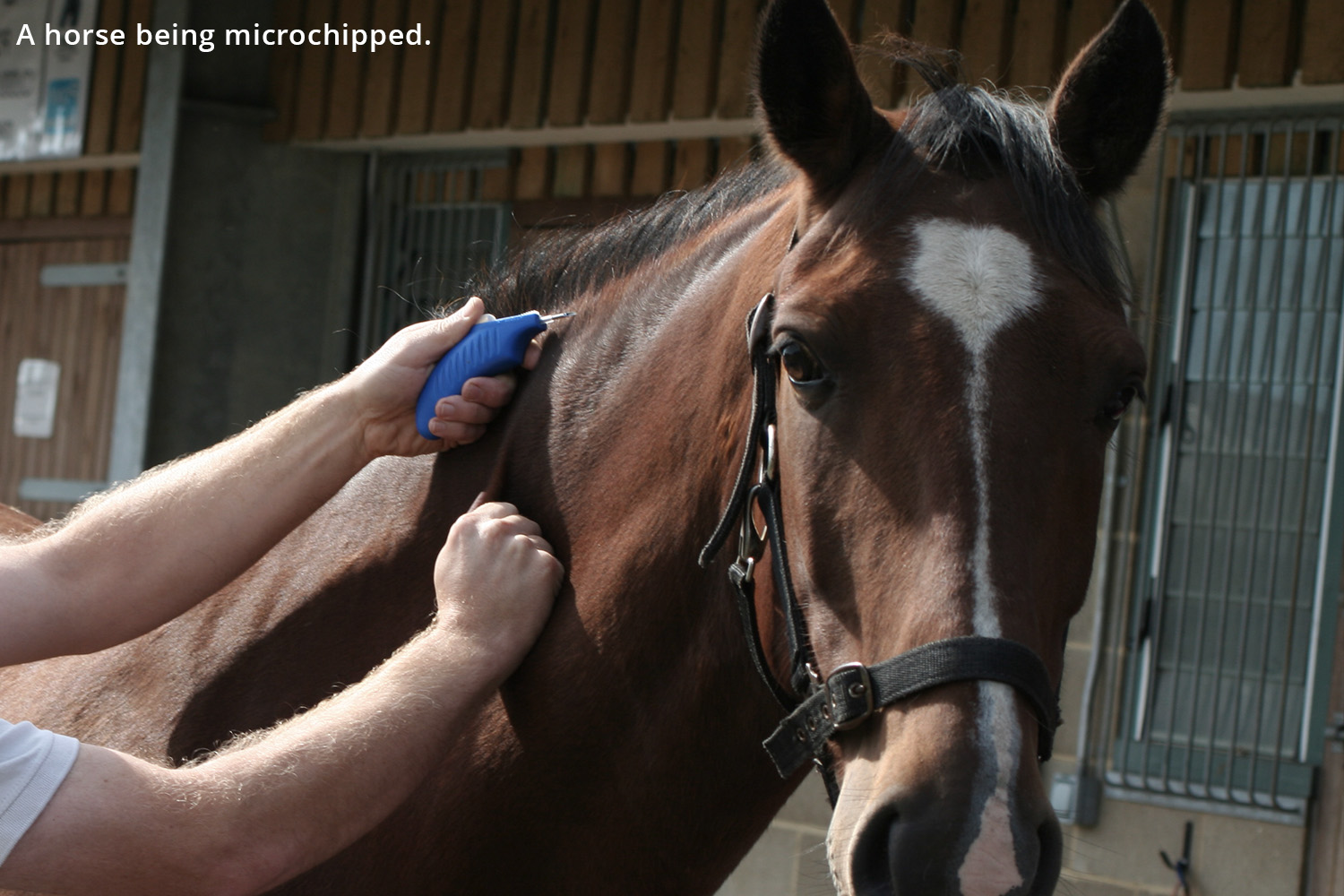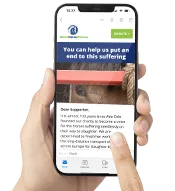Building on knowledge gained from more than 15 years of research conducted by our charity, the documentaries (an hour-long RTÉ Investigates and a 25 minute Prime Time feature) have provided further compelling evidence that horses are being routinely being smuggled to slaughter across borders – with horses excluded from the human food chain being given new identities and re-entered, and others being sold for a purpose they are not fit for.
We have long been campaigning for improved equine ID as we know there are significant negative welfare implications for horses that are not traceable, but given the scale of the problem evidenced in the programmes and the implications for human health, it is vital that governments take action now.
Whilst the programmes focused on the Irish racing industry, we know that the trade is wider than racing thoroughbreds as our own Dover 26 case study has illustrated. The fact there is no individual traceability of equines, unlike other livestock, means we will never know what the journey was of these smuggled horses – nor of the hundreds of others highlighted in the documentary.
To help stop this trade from happening in the short term, we are pressing for better traceability processes and record-keeping across the UK, EEA and EU and better sharing of this information between agencies, and intelligence-led enforcement. This includes:
- Markets, fairs and auctions to keep records that are publicly available,
- Auctions to display the microchip number of every horse entering the sale in their catalogue and notify the country of registration for the individual horse if originating from another country.
- All central equine databases to have a public facing site with the horse’s information, which must include food chain status. Whilst Ireland and the UK already have this, there isn’t a requirement for slaughterhouses to check third country databases, which must also be introduced.
- At slaughterhouses, the Official Veterinarian should notify the competent authority in the country where the horse was slaughtered. This should be recorded, and all relevant countries officially notified of the death, including the date. This should be consistent throughout the EU and UK.
- Better join up and collaboration between EU, EEA and the UK when it comes to sharing intelligence and information
- Educating horse owners about responsible buying and selling to raise awareness of why they shouldn’t buy unseen and/or rely on a vet check organised by the seller. And the importance of doing due diligence on the person they are buying from
- Young thoroughbreds (colts/fillies) should be named, even if just a prefix that can be changed once they are registered for racing. Of those we have seen moving in and out of the UK, a significant percentage don’t have names (they have the sex and name of the sire). This makes it more challenging to trace.
In the longer term, it is imperative that there are fully digitalised equine identification systems across Europe including Great Britian, and the information must be accessible to all stakeholders including enforcement agencies, so they can enforce the law. These systems must also cover all equines, not just sport horses, and all key movements need to be recorded and linked to the individual equine.
Given the amount of fraud around microchips, there must be other forms of identification. We know silhouettes are hard to read, therefore we strongly suggest that photographs are also used, and the description of the equine is quick and easy to update and independently verified by a vet. DNA has been cited by some as an additional solution. Whilst we strongly support having multiple forms of identification, it raises questions about how it would work for all equines and at border checks where immediate identification is needed.
Once developed, the centralised digital ID system must also allow for a digital buyer/seller handshake, and for markets to record that the equine has been on the premises and slaughterhouses to update the records to notify that they have been slaughtered. This will give greater certainty that the equine can be traced back to the last legitimate point of sale, who the horse was sold to, and flag immediately to competent authorities that an equine has been slaughtered abroad.
Alongside improved traceability, a digital system would also help build a better picture of the compliant and non-compliant trade and allow for intelligence and data led enforcement. Frustratingly, in our own case of the Dover 26, there has yet to be a single prosecution. This is in part due to lack of resources but has also been exacerbated by the challenge of working across multiple countries and enforcement agencies to build up enough evidence to take a prosecution. Those involved in this illegal trade know this and whilst there is no deterrent and money to be made it will continue and more horses suffer.
Both RTÉ programmes can be watched on RTÉ Player but come with a strong VIEWER ADVISORY WARNING due to some of the content they contain – including horses being abused inside an Irish slaughterhouse lairage.
RTÉ Investigate exposé ‘Horses – Making a Killing










